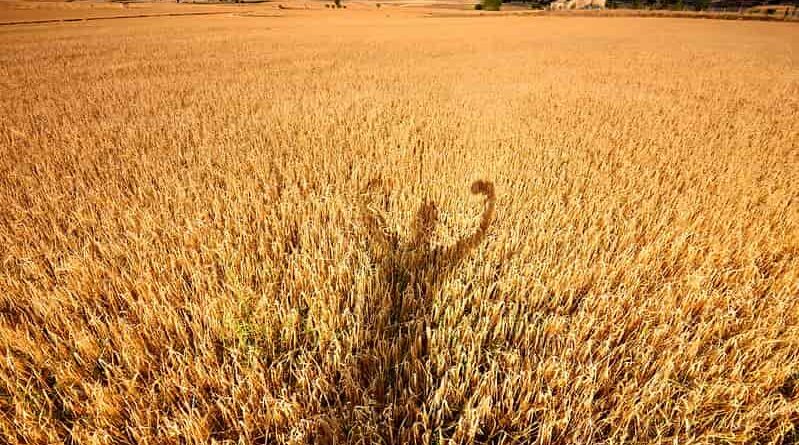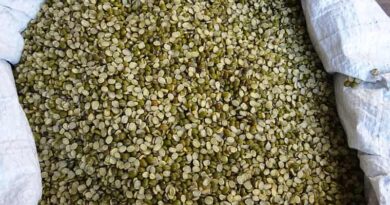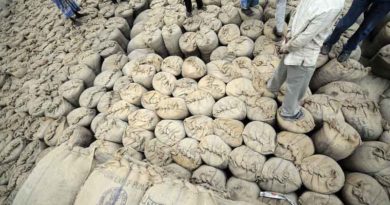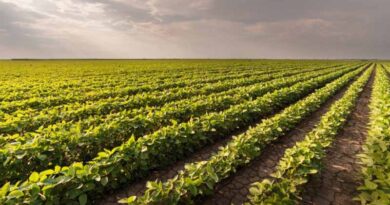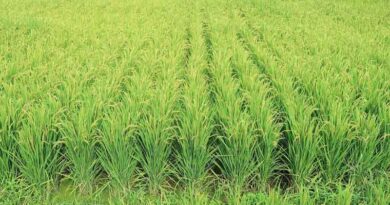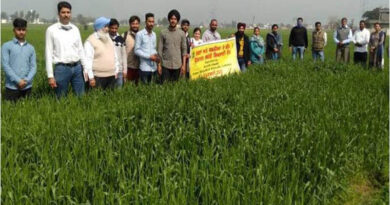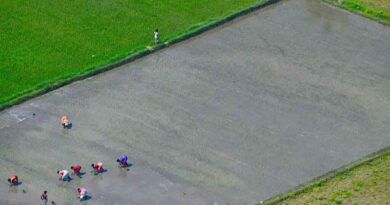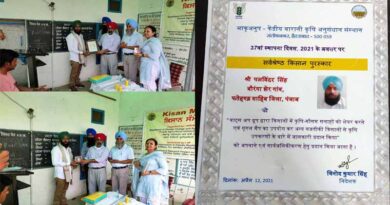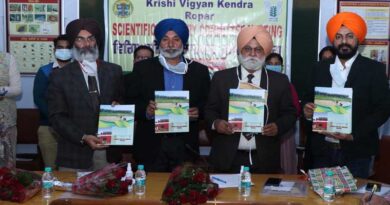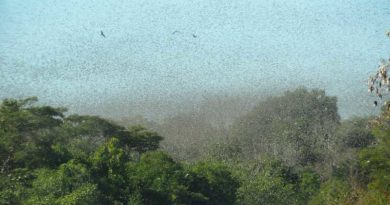Haryana becomes the second biggest contributor to the central food grain pool in the country
17 November 2020, Chandigarh, IN: Having become the second biggest contributor to the Central Food Grain Pool in the country after the Green Revolution, Haryana has taken the initiative to repeat its performance in the White Revolution and Blue Revolution.
Also Read: Paddy procurement for Kharif 2020-21 crosses 250 LMT
Haryana is implementing new schemes due to which not only the milk production and per capita milk availability is continuously increasing but the fish production has reached 173316 MT in the state.
Agriculture and Farmers’ Welfare Minister, Mr. J.P. Dalal said that in order to make these two revolutions more successful, the Pashu Kisan Credit Card Scheme has been implemented on the lines of Kisan Credit Card to provide affordable loans for dairy and fish farming. He said that there are about 16 lakh families in Haryana who have milch animals which are being tagged.
So far, 2.72 lakh animals have been insured under this scheme and 5000 farmers have been issued to Pashu Kisan Credit Cards and 52 farmers’ applications for the same have been approved by various banks. Under this scheme, up to a maximum of Rs 3 lakh is being provided to dairy farmers as loan for the maintenance of the animals.
Also Read: BASF commits to targets for boosting sustainable agriculture
Mr. Dalal said that the success of Haryana’s White Revolution can be gauged from the fact that milk production of the state in the year 2013-14 was 74.42 lakh tonnes which has increased to 107.26 lakh tonnes in the year 2018-19 and the per capita availability of milk has increased from 800 grams to 1087 grams, placing Haryana on the second position in the country.
He said that geographically, Haryana is best suited to meet the needs of daily requirement of fruits and flowers, vegetables, milk, eggs, meat etc. of about 5 crore population in and around Delhi. Haryana has taken the initiative to move forward and has prepared new schemes so that the state’s farmers can get hold of this market.
Mr. Dalal said that similarly, Haryana has also performed remarkably in fish farming. Under fish farming in the year 2013-14, there was a production of 105266 metric tonne on 16450 hectare area which has increased to 173316 metric tonnes on 17216 hectares in the year 2019-20. He said that during this period the number of ponds for fisheries has increased from 7486 to 10416.
Apart from this, Haryana Pond and Waste Water Management Authority was also formed under which the water of about more than 15,000 ponds is being treated with three tier, five tier system and is being used for irrigation and other works. In view of this Haryana was given a national award by the Central Government for efficient management of water sources.
Photo credit: jjay69 on VisualHunt / CC BY-NC-SA

